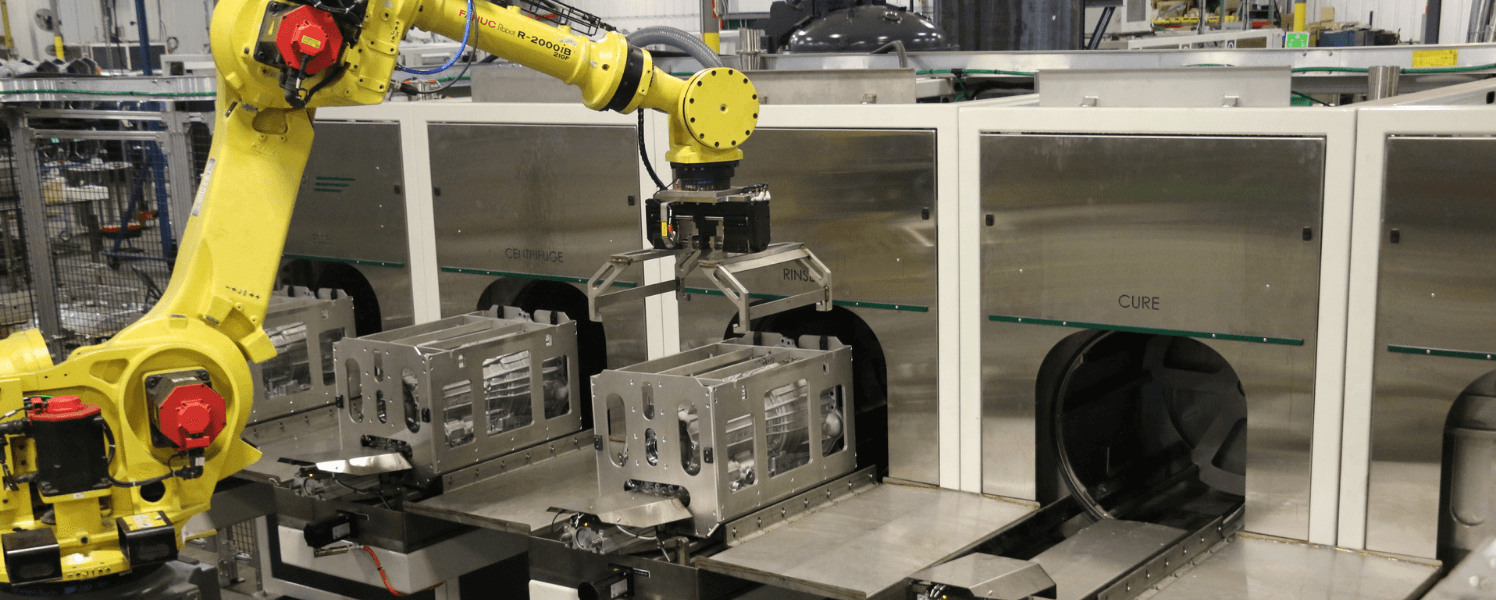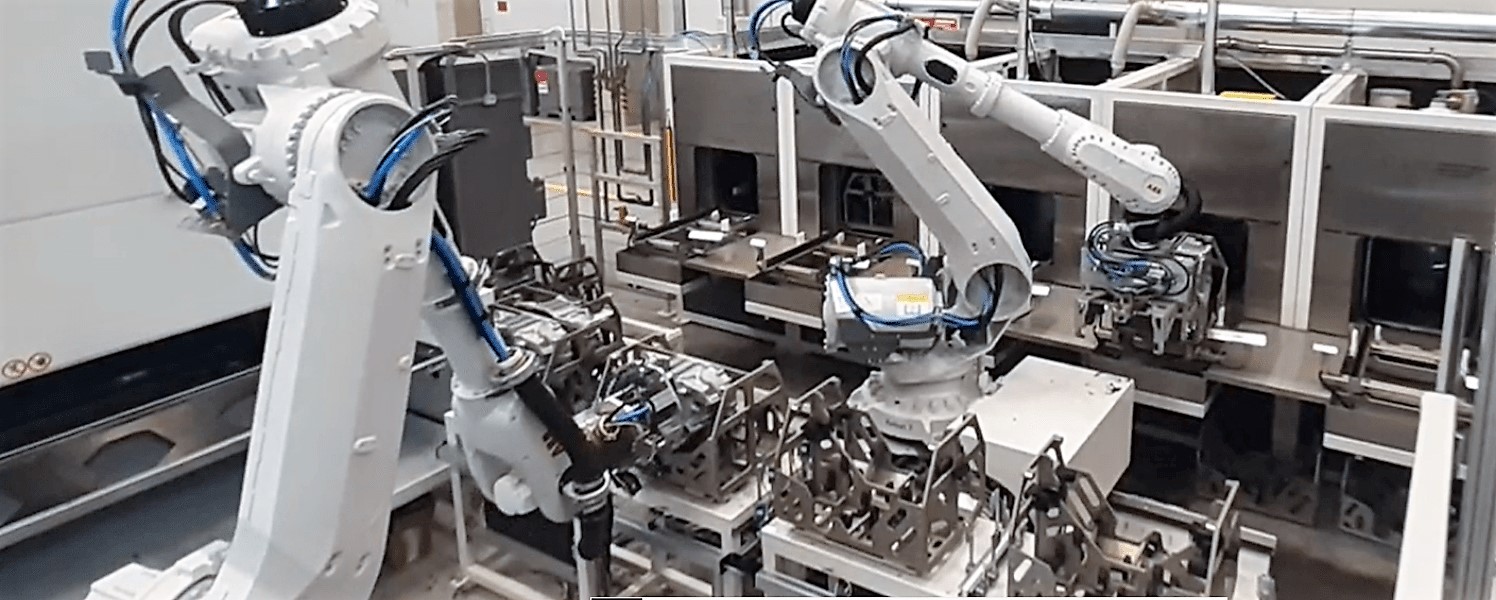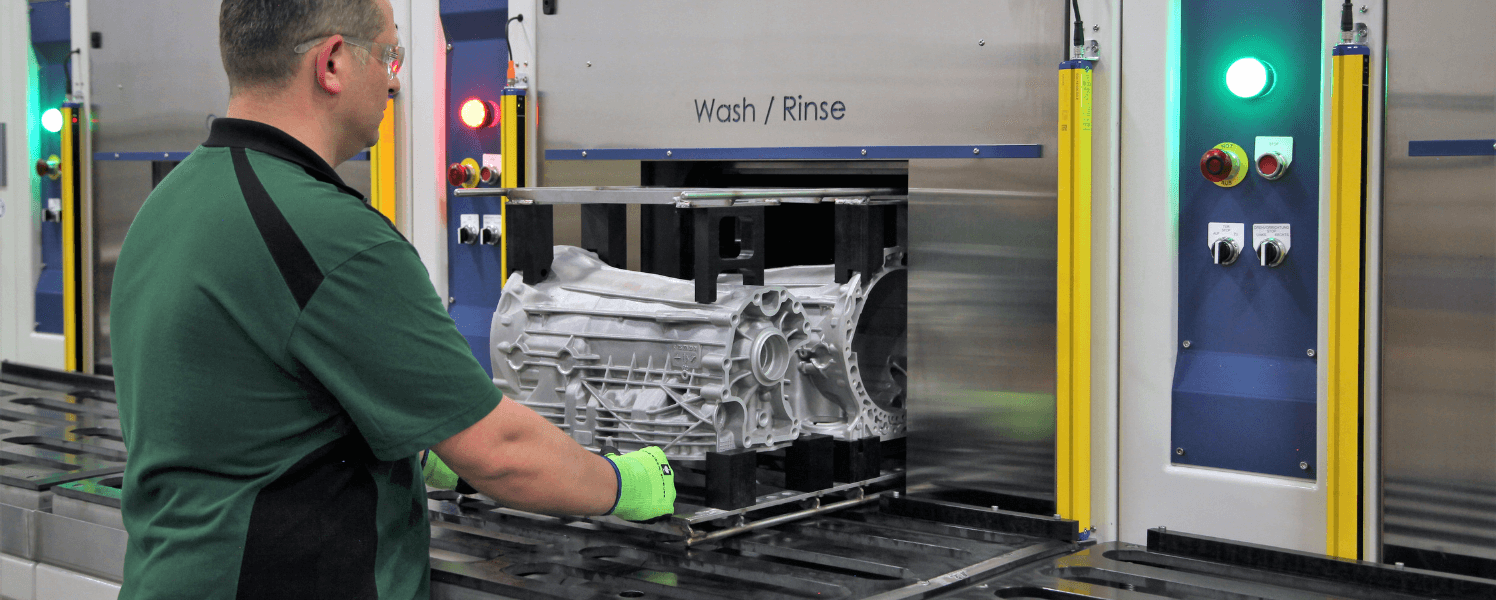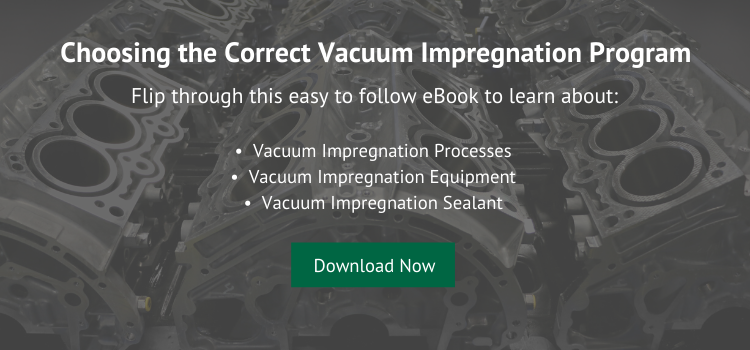As manufacturing equipment ages, the maintenance and repair (MRO) of the equipment increases while the Overall Equipment Effectiveness (OEE) decreases. Given this, companies must decide while bidding on new projects: “Use the aged equipment and invest in MRO while accepting a lower OEE” or “Invest in new equipment using the latest technology and generate a higher OEE.”
Throw in some aggressive competition and the decision is clouded even further. Generally speaking, a company that fails to invest in equipment, technology and infrastructure is often the company that loses its competitive edge. Henry Ford said it best when reflecting on modernizing equipment by famously saying:
The reality is that an equipment investment is something a business spends money on in order to earn a financial return. Investment is necessary to continue to compete, and the company that does not invest will find itself becoming overtaken by those that do.
Re-designing Vacuum Impregnation Systems
Manufacturers who use vacuum impregnation constantly face this dilemma of investing in modern vacuum impregnation equipment. Beginning in the early 2000s, vacuum impregnation systems were modernized to meet the demands of the new manufacturing environments. Rather than large, top-loading batch systems new equipment was designed to be front-loading and to process just single pieces or a small number of castings.
As manufacturing standards changed, the OEE of vacuum impregnation equipment of yesterday decreased, and now is no longer sufficient to meet the productivity and quality demands of today. Those that do integrate a modern impregnation system into their work flow remain competitive with a higher OEE for the following four reasons:
Cost
In-house impregnation can be done at a fraction of the piece price compared to an outside service company. Modern equipment uses minimal labor, is small and compact, and is resourceful with sealant and utilities.
Logistics
By operating equipment in-house, the company can eliminate WIP, and transportation costs. In addition, the company will have better lot control and part traceability. Lot traceability is imperative to efficiently produce parts. Having lot control and part traceability measures in place means saving money in the long run, protecting the company from recalls and lost inventory, and keeping the company in compliance with standards and regulations.

Integration
Both the size and the modular design of modern impregnation systems enable manufacturers to locate the units immediately within the machining, testing or build areas, placing the solution right where it’s needed.

Control of Quality
In-house processing equipment uses robotic handling, or has better ergonomics for the operator to move parts between modules. This repeatable processing increases recovery rates, and eliminates handling damage and process contamination.
In addition, most systems are PLC controlled. This means that data acquisition, an essential in today’s manufacturing environment, can be baked-in to the process to strengthen the plant’s overall quality production system. Individual data points on all key parameters can be collected and stored with individual part serial numbers. If questions arise, a system audit will provide valuable data on every part that has been impregnated.

Conclusion
As technology advancements are made, Henry Ford’s statement about machine investment stands the test of time. Equipment investment is necessary by a company in order to meet the ever-changing performance requirements and quality demands. By integrating modern impregnation systems in-house, companies can remain competitive by operating at the highest OEE possible.

